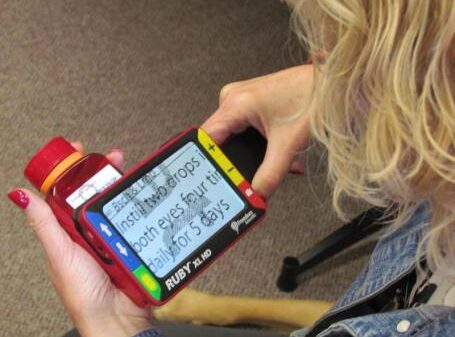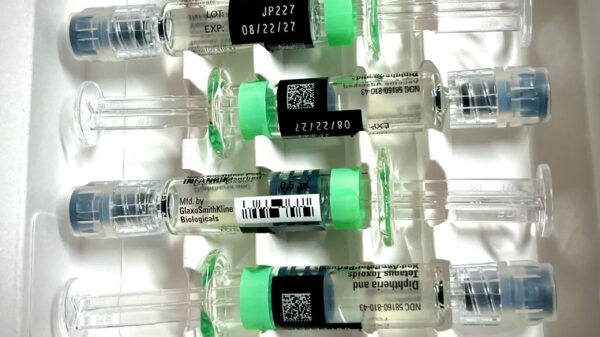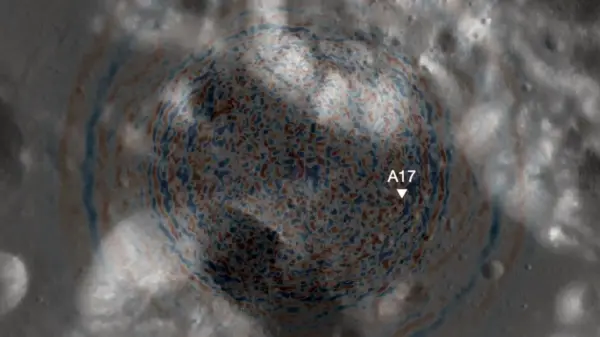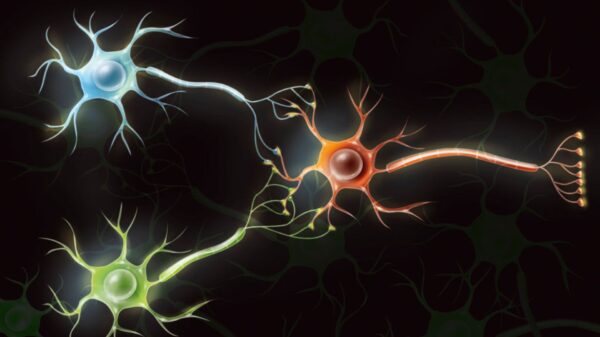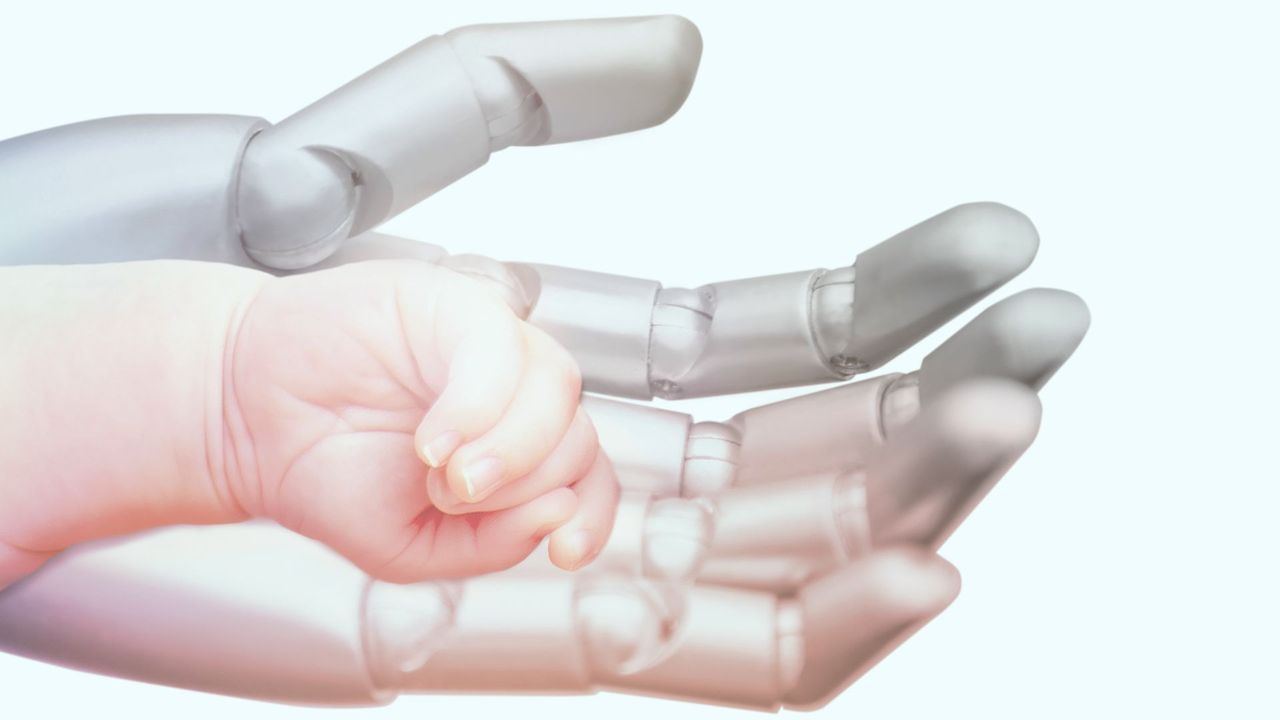A fictional story about a “pregnancy robot” has captured the attention of readers worldwide, raising intriguing questions about the intersection of technology and human reproduction. Reports emerged this week claiming that a technology CEO in China was developing a robot capable of sustaining a human pregnancy from conception to birth. The CEO projected that a prototype would be ready by next year, fueling discussions on the viability and ethical implications of such a creation.
While the story is entirely fabricated, it has prompted a broader examination of whether technology could indeed evolve to support human pregnancy in the future. Experts in robotics and reproductive health are considering what it would mean to design a machine that could carry a fetus for around 10 months. The implications of such technology would extend far beyond mere logistics, posing significant ethical dilemmas regarding motherhood, autonomy, and the nature of life itself.
As the tale gained traction, social media users began to engage with the concept, with many weighing in on the potential benefits and drawbacks of utilizing a “pregnancy robot.” To gauge public sentiment, a poll was initiated, asking readers if they would consider using such technology if it were available. The responses varied, highlighting a range of opinions on this sci-fi-sounding idea. Those who selected “maybe” were invited to share what factors would influence their decision.
In exploring the feasibility of a pregnancy robot, several key questions arise. What technological advancements would be necessary to create such a machine? How would it handle the complexities of human biology? Proponents argue that if advancements in artificial intelligence and robotics continue at their current pace, solutions could emerge to address these challenges. Critics, however, caution against the moral and ethical implications, suggesting that the emotional and psychological aspects of pregnancy might not be replicable by a machine.
This discussion is not just theoretical. It reflects ongoing conversations in the fields of reproductive technology and biotechnology. As society grapples with the implications of artificial wombs and gene editing, the idea of a pregnancy robot fits within a larger narrative about how technology can and should intersect with human life.
In related developments, advancements in robotics are already being showcased globally. For instance, China recently hosted the first World Humanoid Robot Games, where robots demonstrated their capabilities in racing and combat, albeit in a more playful context. These events serve to highlight the rapid progress in robotics, even as serious ethical considerations loom on the horizon for more complex applications.
As public interest in the concept of a pregnancy robot continues to grow, so too does the need for responsible dialogue about the potential consequences. The conversation opens the door to numerous possibilities, but it also demands careful consideration of what it means to embrace technology in such an intimate aspect of human existence.
In conclusion, while the notion of a “pregnancy robot” may have begun as a viral story, it has sparked essential discussions that extend beyond mere speculation. As advancements in technology progress, society must remain vigilant in assessing the ethical implications that accompany these innovations.
































